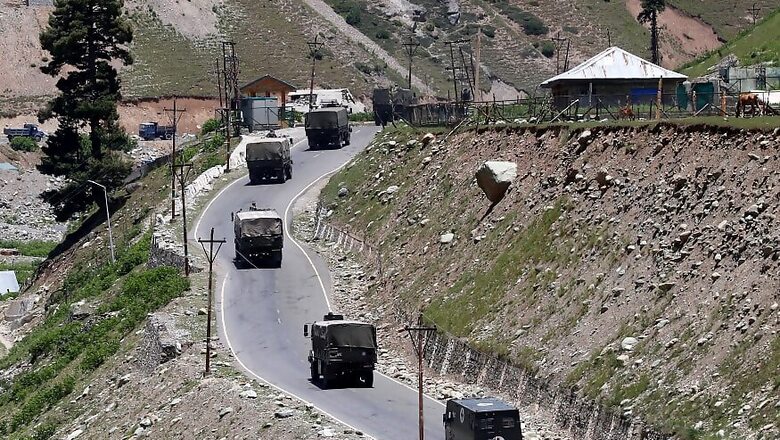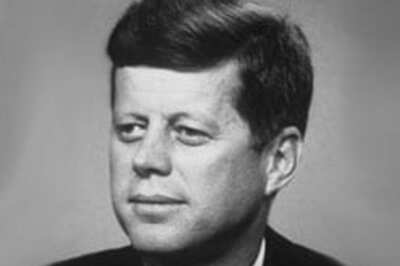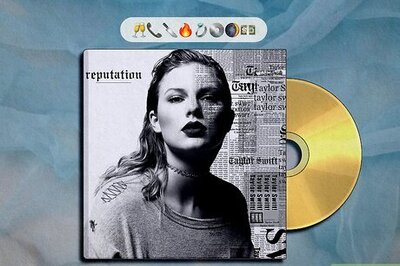
views
The Line of Actual Control (LAC) that separates India and China witnessed unprecedented violence on June 15-16. During this violence that appears to be a deliberate act of area assertion on part of China’s People’s Liberation Army (PLA), soldiers from both sides lost lives. The Indian patrol party led by Col Santosh Babu was ambushed by PLA units at least three times in size and also using weapons from another era. The colonel, along with 19 other soldiers, was killed in action.
The fact that this act of violence happened when the de-escalation process was to be implemented shows that there was only one group of soldiers which was following the disengagement protocol. This incident is bound to change the discourse in the India-China relations for a long time to come as the strategic mistrust has been exposed quite badly. It will also mould the people’s perspective on this important relationship already affected by China’s mishandling of the Covid-19. pandemic
Despite the India-China power differential, there are a few similarities between the two. Nationalist sentiment is at a high level in both the countries led by their leaders who project a strongman image. They also face domestic economic challenges in the aftermath of the Covid-19 pandemic. In this context, it’s important to track how the media is sharing this message. When such incidents happen, media plays a crucial role in determining the direction of domestic sentiment. The Indian media has been very quick in reporting the details. However, the same cannot be said about the Chinese media.
While the Indian media was seen to be very proactive in reporting on the casualties, the Chinese media has still not declared any official number. The primary line of argument reiterated in almost all the Chinese media outlets is that Indian troops crossed the line and were the aggressor; it was because of Indian provocations that the violence occurred. China Daily quoted senior colonel Zhang Shuili, the spokesman for the Western Theater Command of the PLA. He said, “We demand that the Indian side strictly restrain its front-line troops, immediately stop all infringement and provocative actions, and work together with China to return to the correct track of dialogue and talks to resolve differences”. In another report Col Zhang admitted that there were casualties on both the sides but did not reveal any numbers.
Xinhua carried a report which discussed the telephonic talks between Chinese foreign minister Wang Yi and his Indian counterpart S Jaishankar. As per the article, Yi urged the Indian side to not “misjudge the current situation, or underestimate China's firm will to safeguard its territorial sovereignty”. In general, the Chinese language versions of the People’s Daily and the PLA Daily have presented a sober analysis without highlighting the clashes or sharing the number of casualties on any side. None of these papers covered this development in the print editions of June 17.
To add to this the Global Times went on to write that China has always exercised sovereignty over the Galwan Valley and that the Indian actions are directed towards capturing Chinese territories. Almost all the Chinese media reports reiterate that India has been the aggressor and that China is the victim. The Chinese soldiers acted in self-defence. They also juxtapose this incident with the recent developments on the India-Nepal and India-Pakistan border to underscore their point that India has been brewing tensions. The Global Times, in general, is a posture specialist, which takes a harder position than even its government’s line of thought and it is primarily aimed at the foreign audience where such messaging works. It is also less authoritative than the People’s Daily and the Xinhua which ranks at the top or the CGTN which is second in rank.
It has also been a hot topic of discussion on Weibo with reports quoting close to 630 million views on June 17 and more than 300 million views on the 16th. In particular, the discussions on the 16th seemed to focus on the well-being of the Chinese soldiers.
Hong Kong’s South China Morning Post continues to report in more democratic ways. Its report quoted Cheng Xizhong, visiting professor at China’s Southwest University of Political Science and Law, asserting that India was solely responsible for the situation and that, “India always miscalculates the situation and always invades Chinese territory when China is in the midst of facing international problems”.
Another story in the SCMP suggests that the probable reason for China not releasing its casualty figures is to play down this episode before the Yang-Pompeo meeting.
The Chinese media’s efforts in blaming India for the clash is on the expected lines. No media outlet will be directing blame at their own government or the army. However, in the Chinese case one needs to understand that the media landscape is different and there is hardly any space for independent reporting.
The central propaganda department’s focus remains on two tasks: one, keeping the narrative united and, second, ensuring that it does not become uncomfortable for the party. That is why the media follows the line coming from the CPD. Not too long ago, Xi reminded his editors that the party will be the family name for the media and this is unlikely to change, even if Xi were to vacate his leadership posts.
(The author is Assistant Professor, Jindal Global Law School, OP Jindal Global University. She was a Research Fellow at the Indian Council of World Affairs, Research Associate at the Institute for Chinese Studies (ICS) and Research Assistant at the Institute for Defence Studies and Analyses (IDSA). Views expressed are personal.)




















Comments
0 comment